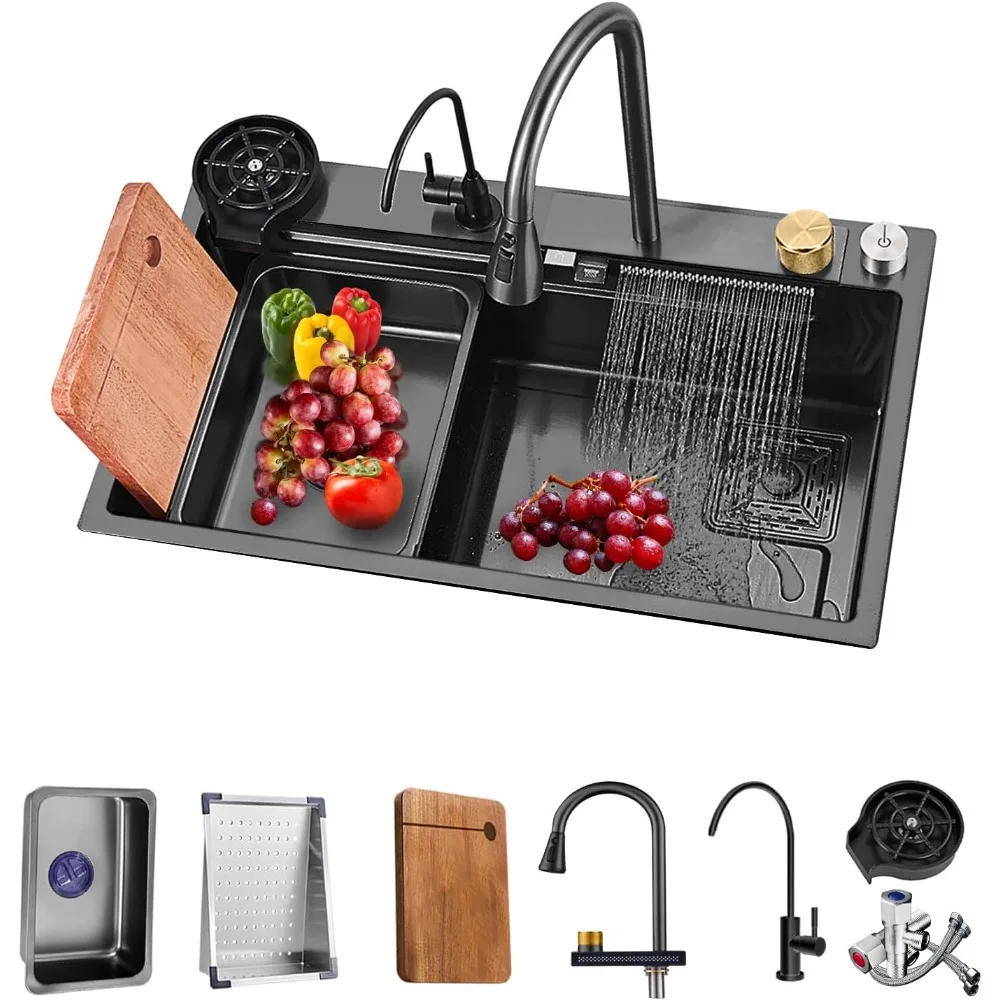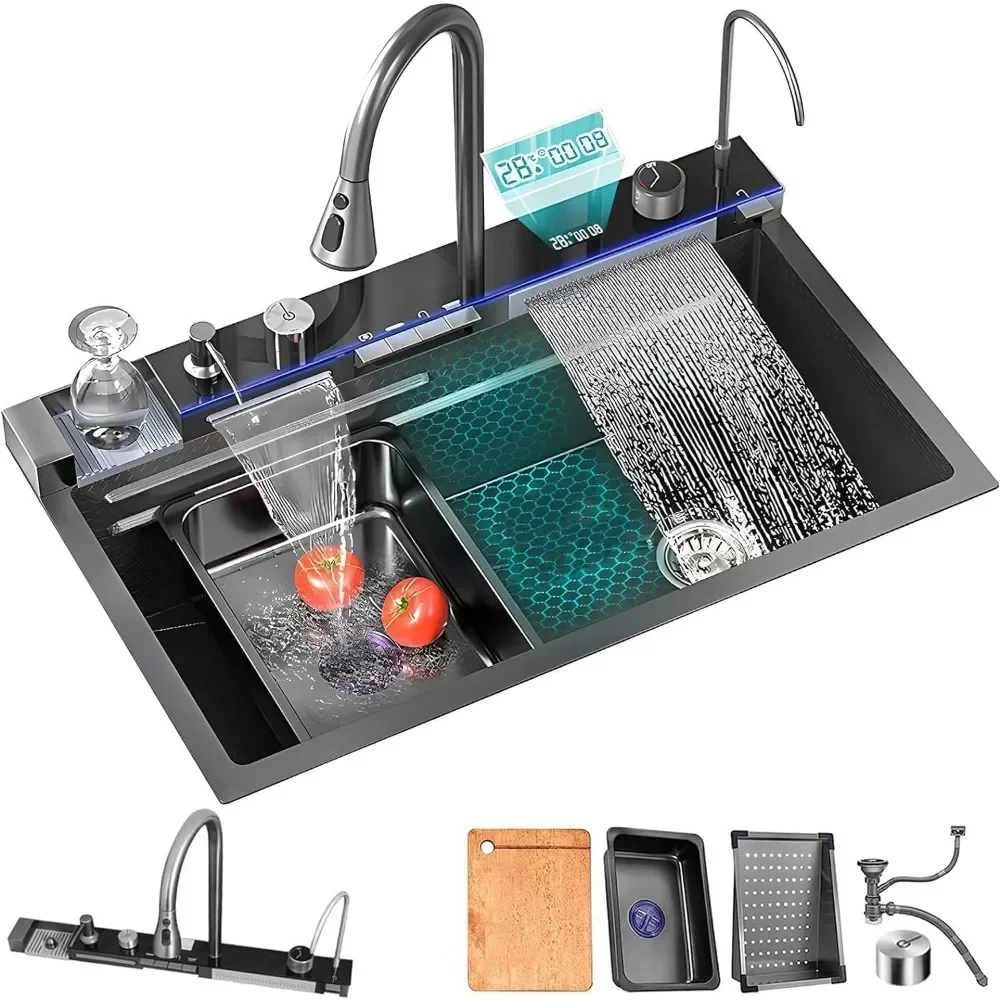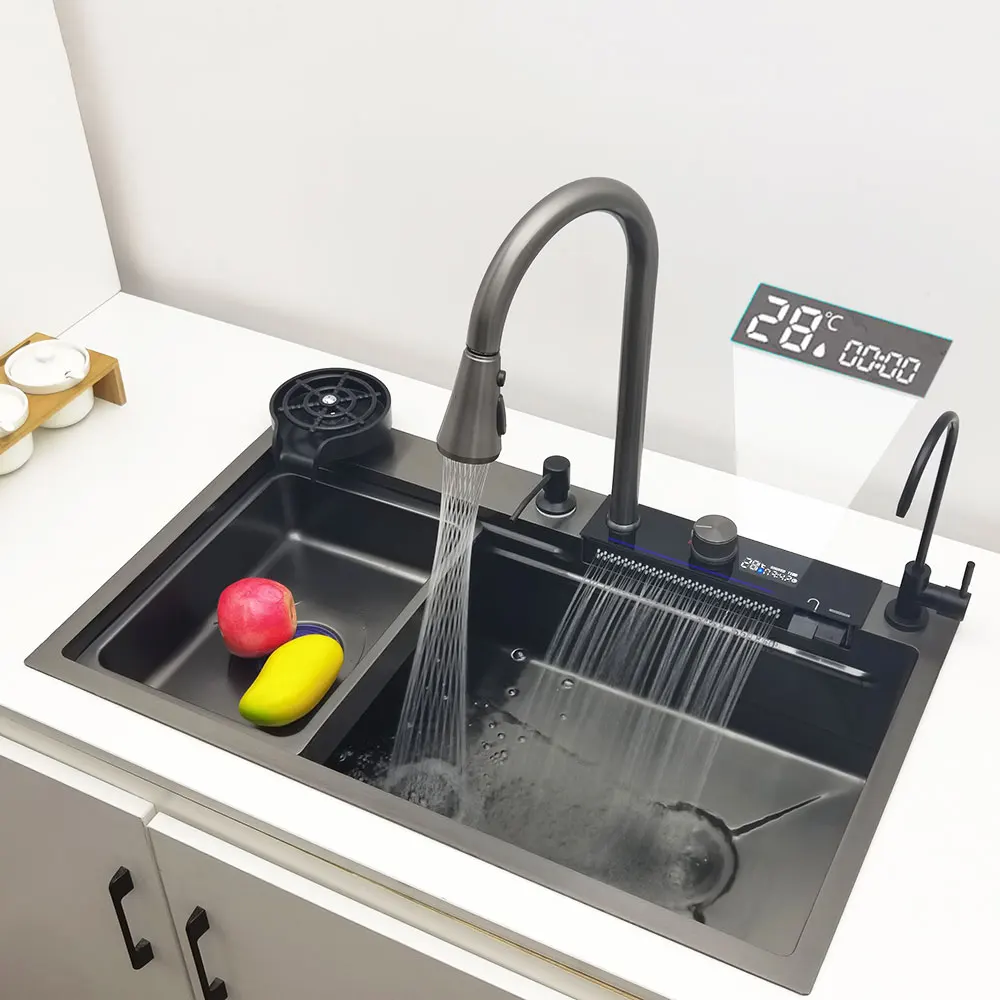Effective Ways to Dispose of Coffee Grounds in Your Sink: Sustainable Solutions for Your Daily Brew
Coffee lovers worldwide start their day with a warm, invigorating cup, leaving behind a residue of used coffee grounds. While these grounds may seem like waste, they hold numerous benefits for your home and garden when disposed of properly. However, carelessly tossing them down the sink can lead to clogs and plumbing issues over time. In this article, we explore effective and eco-friendly ways to manage coffee grounds in your kitchen sink, ensuring both convenience and sustainability.
Why Proper Disposal Matters
Before diving into disposal methods, it’s crucial to understand why proper handling of coffee grounds is important. Coffee grounds don’t dissolve easily in water; instead, they can accumulate in pipes, leading to blockages. Over time, this can cause slow drainage, foul odors, and costly plumbing repairs. Moreover, improper disposal contributes to environmental issues when they end up in landfills, emitting methane as they decompose. By adopting sustainable practices, we can turn a potential problem into a resource while protecting our homes and the environment.

Using Cold Water and a Fine Mesh Strainer
One of the safest ways to dispose of small amounts of coffee grounds in the sink is by using cold water and a fine mesh strainer. Here’s how:
- Cold Water Flush: Start by rinsing the wet coffee grounds off any filters or equipment using cold water. Hot water can potentially melt fats and oils present in the drain, causing them to stick to the coffee grounds and form clogs.
- Fine Mesh Strainer: Place a fine mesh strainer over the drain to catch any loose grounds before they enter the pipes. This simple step prevents accumulation inside the pipes.
- Flush with More Cold Water: After the grounds have been caught, run cold water for a few seconds to ensure all remnants are washed away.
This method is best suited for occasional use and small quantities, emphasizing the importance of not making it a regular habit.

Composting: The Eco-Friendly Alternative
For a more sustainable solution, composting coffee grounds is highly recommended. Composting transforms the grounds into nutrient-rich soil conditioner that enhances plant growth and soil health.
- Collecting Grounds: Keep a dedicated container in your kitchen to collect used coffee grounds throughout the day.
- Balancing the Compost: Mix the coffee grounds with other organic materials like leaves, vegetable scraps, and eggshells to maintain a balanced carbon-to-nitrogen ratio. Coffee grounds are high in nitrogen, which accelerates decomposition but can also create an imbalance if not mixed properly.
- Composting Methods: You can compost in a backyard bin, a worm bin (vermicomposting), or even in some indoor composters designed for apartment living. Ensure proper aeration and moisture levels for efficient breakdown.
By composting, you divert waste from landfills, reduce greenhouse gas emissions, and create a valuable natural resource for your garden or houseplants.

Creative Uses for Coffee Grounds Around the Home
Before even considering sink disposal, consider the myriad of uses for coffee grounds beyond the garden:
- Odor Absorber: Dry used coffee grounds and place them in a breathable container in your fridge or closet to neutralize odors naturally.
- Cleaning Scrub: Mixed with a bit of soap and water, coffee grounds make an excellent abrasive cleaner for pots, pans, and even stained mugs.
- Skin Exfoliant: In personal care, coffee grounds can be used as a gentle exfoliating scrub for the skin when mixed with a carrier oil.
- Natural Pest Deterrent: Sprinkle dried coffee grounds around plants to deter pests like slugs and snails without harming the environment.
These alternative uses extend the life cycle of coffee grounds, turning them into versatile household helpers.
Preventing Sink Clogs: General Tips
While occasional disposal with a fine mesh strainer is acceptable, preventing clogs altogether should be a priority. Here are some general tips:
- Regular Drain Cleaning: Use natural cleaners like baking soda and vinegar to clean your drains regularly, preventing buildup.
- Hot Water Maintenance: Occasionally run hot water down the drain to flush out any accumulated grease or debris, but avoid doing so immediately after disposing of coffee grounds.
- Avoid Grease and Fibrous Materials: Never pour grease down the drain, and minimize disposal of fibrous foods like potato peels and celery, which can also contribute to clogs.
Preventing Clogs: Dos and Don’ts
To ensure your sink drainage remains unclogged while disposing of coffee grounds, follow these guidelines:
- Do use cold water to flush the grounds.
- Don’t dispose of large amounts of coffee grounds at once; small, gradual disposals are better.
- Do combine with baking soda and vinegar periodically for a natural cleaning boost.
- Don’t mix coffee grounds with fats, oils, or grease, as these substances can solidify and cause blockages.
- Do consider installing a mesh screen over your drain to catch any stray grounds or debris.
Creative Uses for Used Coffee Grounds Outside the Sink
Before rushing to dispose of coffee grounds, explore their various uses around the house and garden:
- Fertilizer: Spread used coffee grounds around plants to provide nitrogen, potassium, and other micronutrients.
- Odor Absorber: Place dry coffee grounds in a bowl to neutralize odors in the fridge, closet, or near garbage bins.
- Exfoliant: Mix coffee grounds with a bit of coconut oil for a natural body scrub.
- Cleaning Agent: Use coffee grounds to scrub away stains and grease from pots, pans, and surfaces.
Creating a Coffee Grounds Compost Pile
While disposing of coffee grounds in the sink can be done effectively, composting offers an even more eco-friendly alternative. If you have a garden or access to outdoor space, consider starting a compost pile specifically for coffee grounds.
- Layering Technique: In your compost bin, alternate layers of coffee grounds with dry materials like leaves, twigs, and shredded paper. This balance of green (nitrogen-rich) and brown (carbon-rich) materials accelerates the composting process.
- Moisture Control: Keep the compost moist but not soggy. Coffee grounds can retain moisture, so monitor the compost pile to prevent excessive wetness.
- Regular Turning: Regularly turning the compost helps aerate it, speeding up decomposition and preventing unpleasant odors.
By composting coffee grounds, you enrich your soil with nutrients, improve its structure, and reduce waste sent to landfills.
Conclusion: Responsible Disposal for a Healthier Environment
Properly disposing of coffee grounds is a small yet impactful step towards maintaining a healthy home and contributing to environmental sustainability. Whether through careful sink disposal with cold water and a strainer, embracing the art of composting, exploring creative uses, or adopting preventive plumbing measures, every action counts. By redirecting coffee grounds from our drains to more productive avenues, we transform a daily routine into a positive force for both our homes and the planet. So, the next time you brew your favorite blend, remember that your coffee journey doesn’t have to end with a simple discard—it can continue to nurture life in various forms.
Disposing of coffee grounds in your sink can be an efficient and eco-friendly process if done correctly. By adopting the right techniques such as using cold water flushes, combining with natural cleaners, and practicing preventive measures against clogs, you can turn a routine task into a sustainable practice. Moreover, exploring creative reuse options further amplifies the environmental benefits, turning what was once considered waste into a versatile resource. Remember, every small action contributes to a larger impact on our planet’s health.

